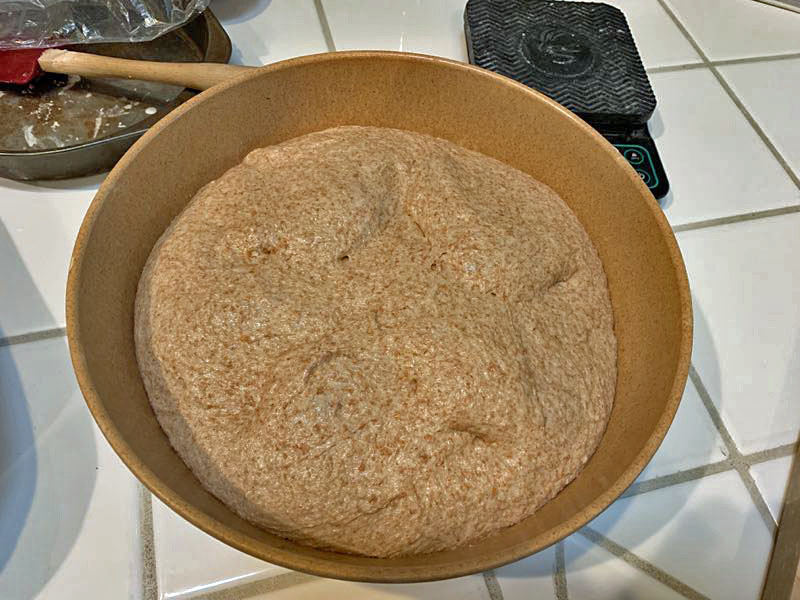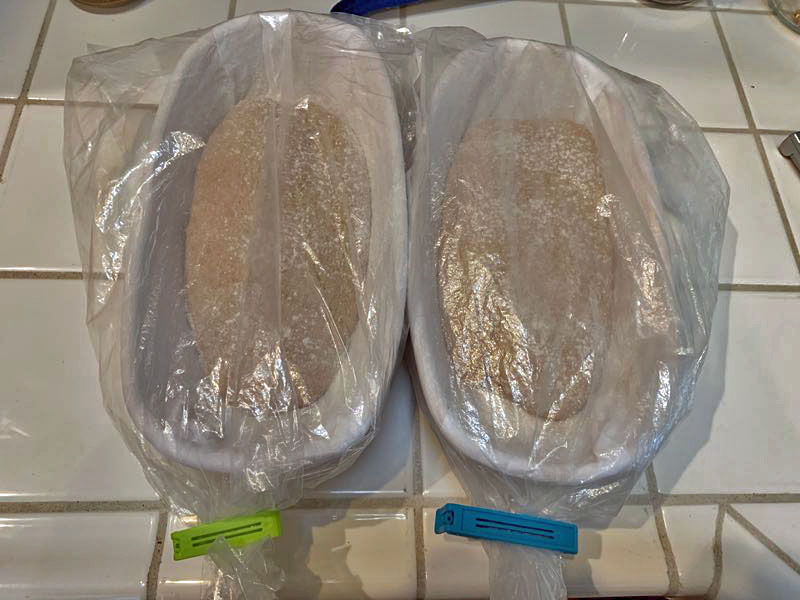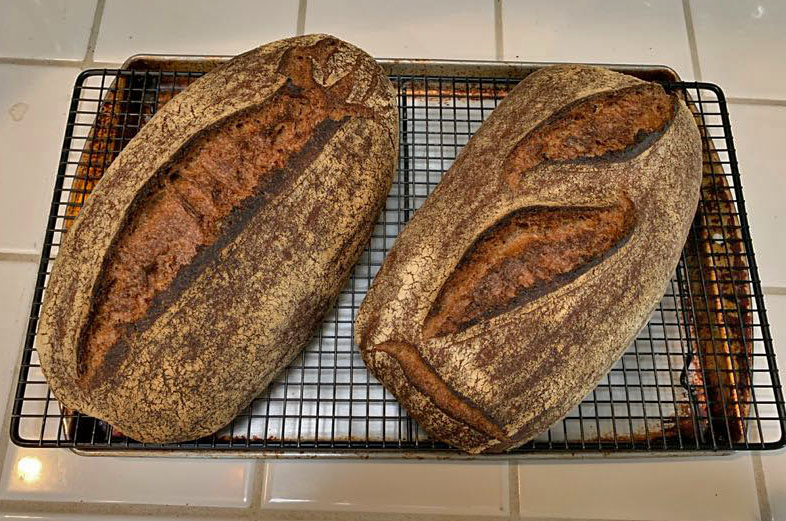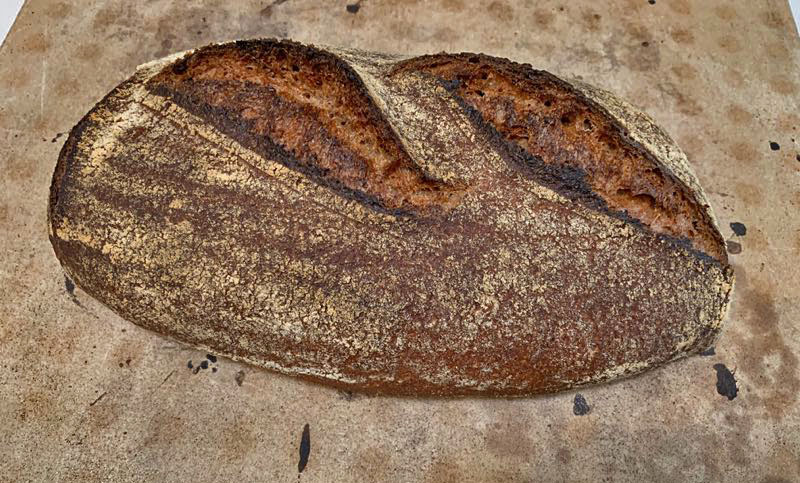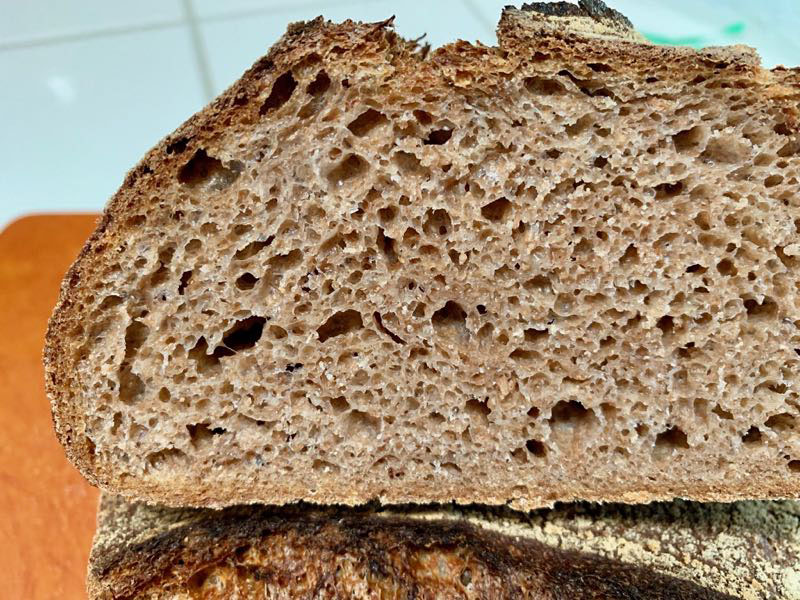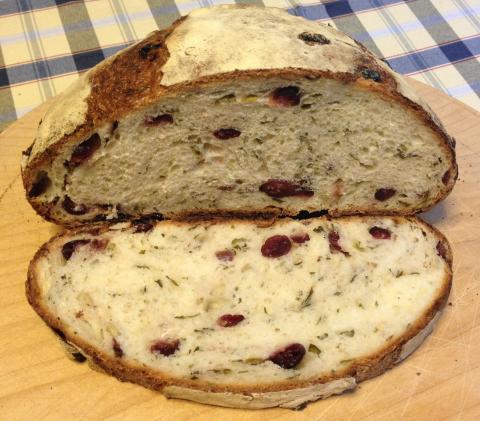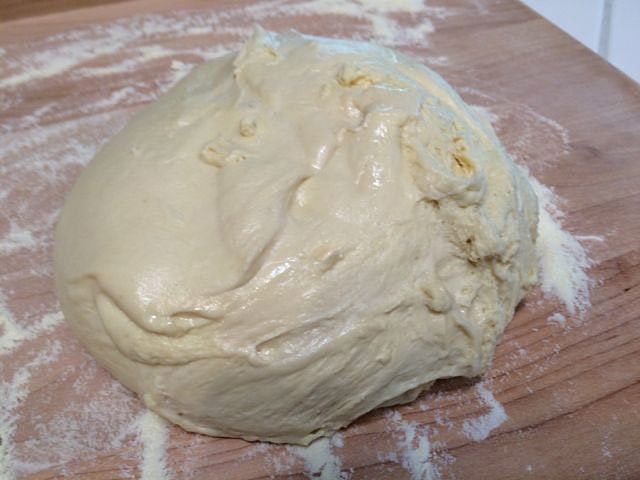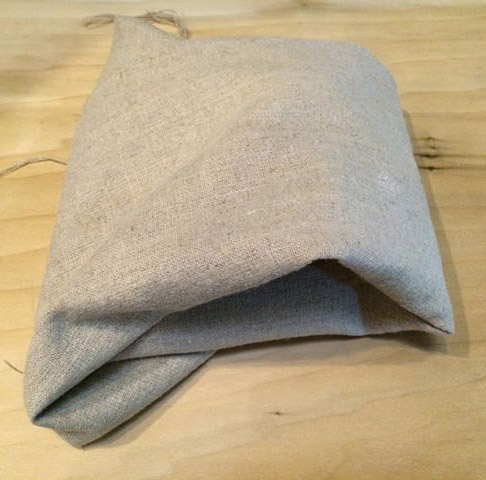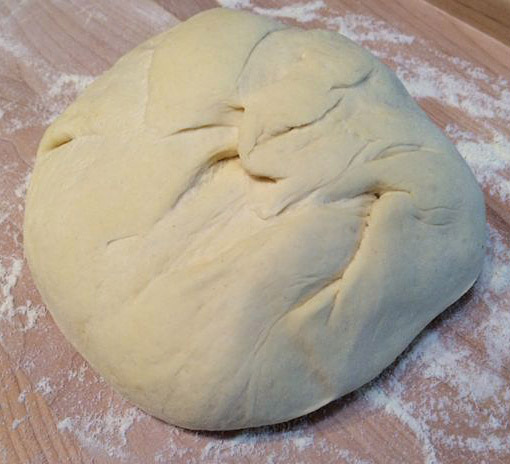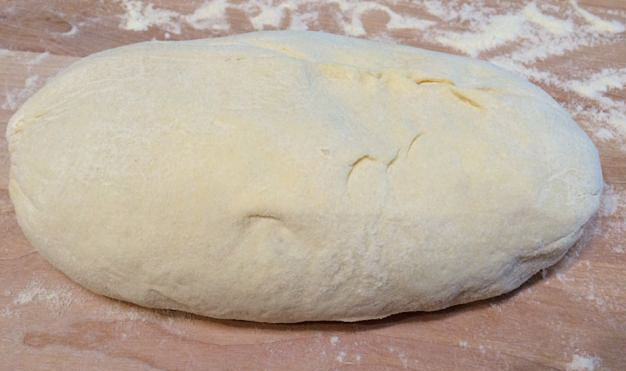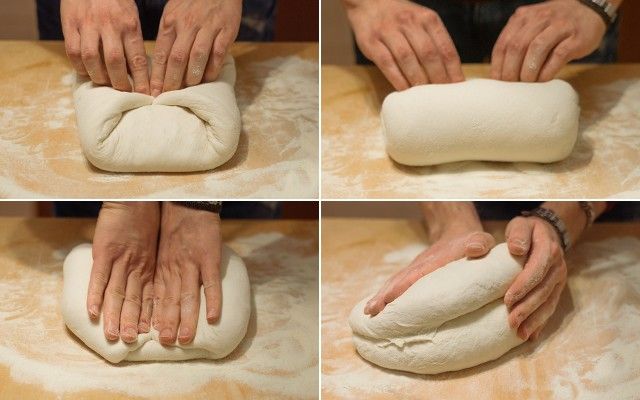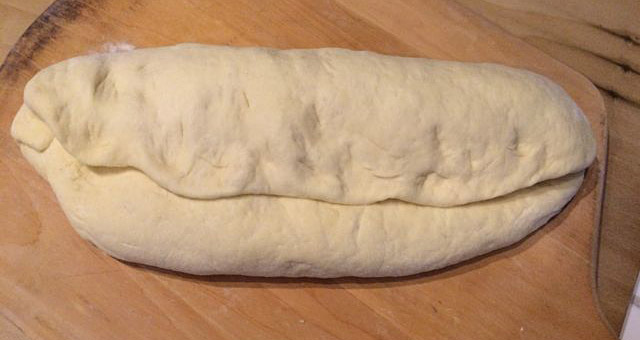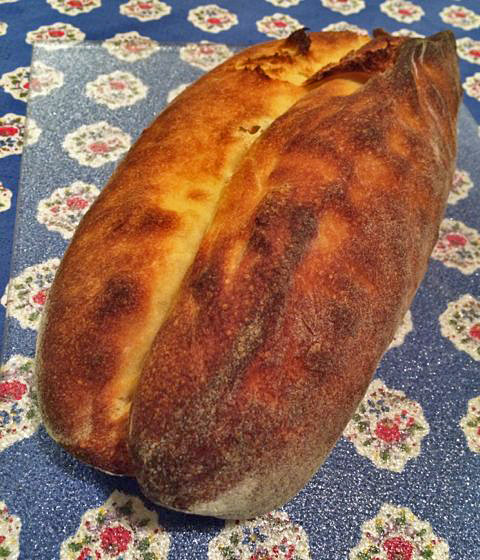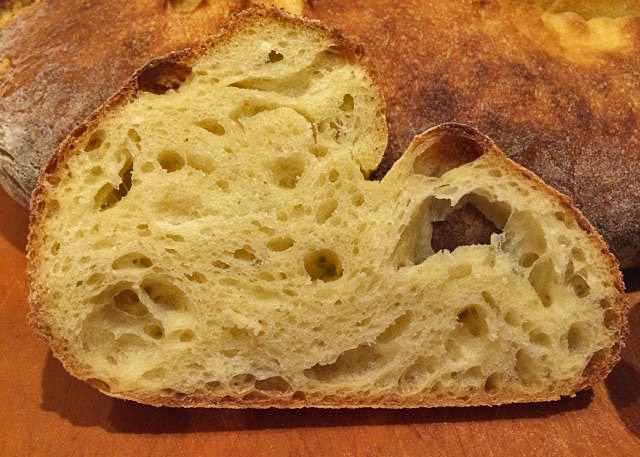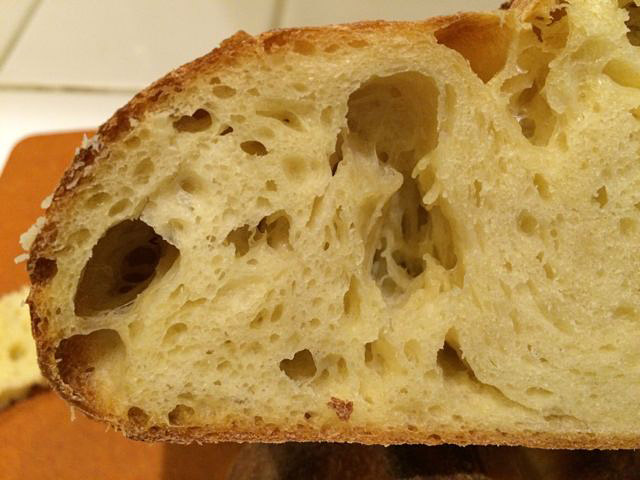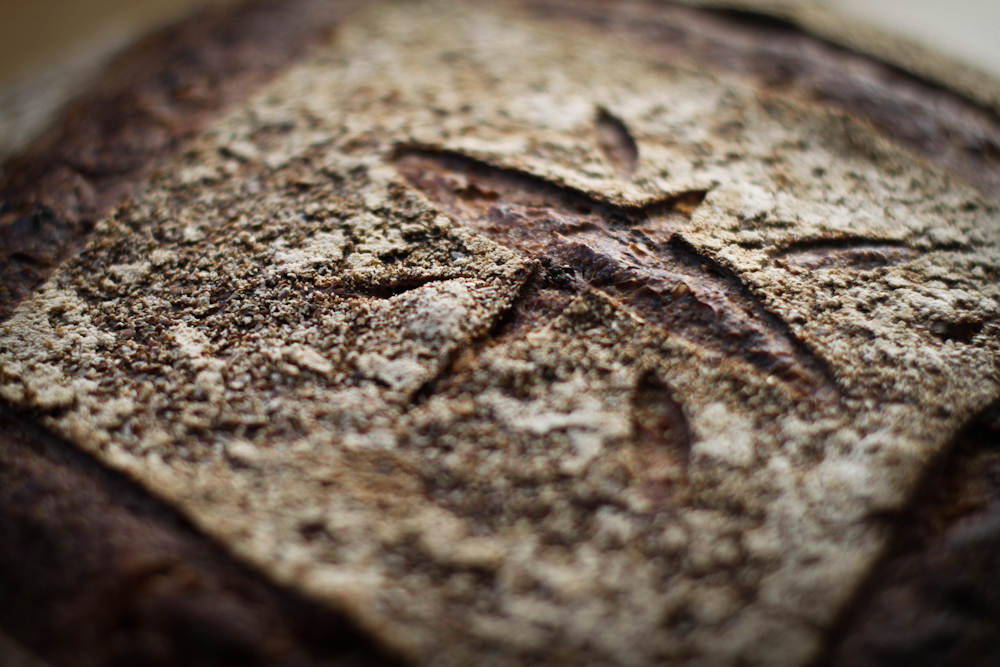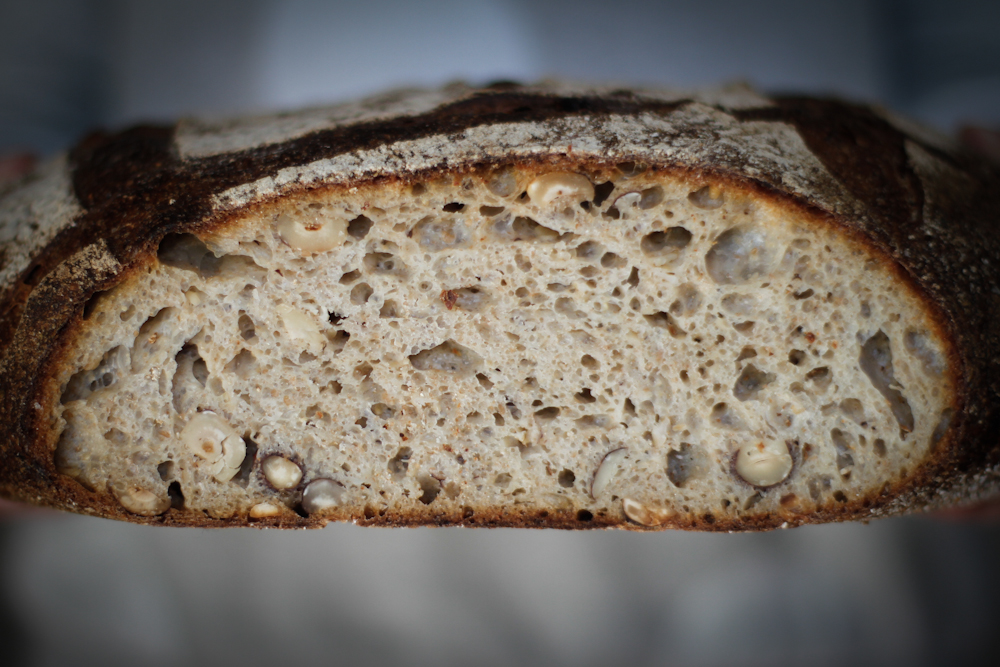
Leinsamenbrot - German Flaxseed Bread
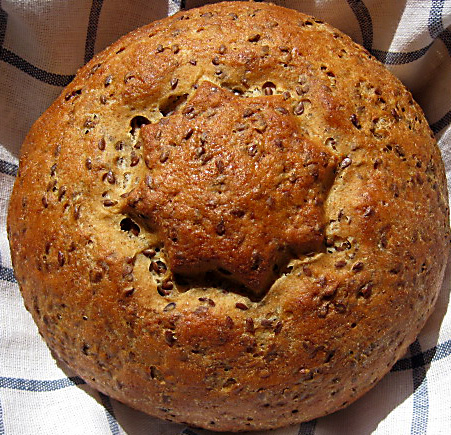
Ingredients (2 Loaves)
SOAKER APPROXIMATE VOLUME MEASUREMENTS
200 g rye flour 1cup + 1/2 cup + 2 tbsp. rye flour
111 g whole wheat flour 3/4 cup + 1 tbsp. + 1 tsp. whole wheat flour
5 g salt 1/2 tsp. salt
150 g flax seeds 1 cup - 1 tbsp. flaxseeds (whole)
272 g buttermilk 1 cup + 3 tbsp. buttermilk
33 g water
BIGA
311 g bread flour 2 cups + 1/3 cup + 1 tbsp. bread flour
1 g instant yeast 1/4 tsp. instant yeast
203 g water 3/4 cup + 2 tbsp. + 1 tsp. water
FINAL DOUGH
all soaker and biga all soaker and biga
78 g bread flour 1/2 cup + 1 tbsp. + 1 1/2 tsp. bread flour
7 g salt 1 tsp. salt
7 g instant yeast 2 3/4 tsp. instant yeast
19 g honey 1 tbsp. honey
14 g pumpkin seed oil (or other vegetable oil) 1 tbsp. pumpkin seed oil (or other vegetable oil)
milk, for brushing milk, for brushing
Directions:
DAY 1
In the morning, stir together all soaker ingredients until well hydrated. Let sit at room temperature for 12 - 24 hrs.
Mix together all biga ingredients at low speed (mixer or hand) for 1 - 2 min., until no flour is left on bottom of bowl. Knead for 2 min. on medium-low speed. Let dough rest for 5 min., then knead for 1 more min. Place biga in lightly oiled bowl, cover and refrigerate.
In the evening, mix together all ingredients fo final dough until well combined (1 - 2 min. on low speed or by hand). Knead for 4 min. on medium-low speed. Let dough rest for 5 min., then resume kneading for another min. Divide into 2 portions and place dough balls in lightly oiled 1-quart plastic containers (or bowls). Cover and refrigerate overnight.
DAY 2
Remove dough from refrigerator 2 hrs. before using. Shape into 2 boules and place on parchment lined baking sheet. Brush with milk. Score with big star shaped (or round or square) cookie cutter.
Preheat oven to 425 F, including steam pan.
Let breads rise at room temperature for 45 - 60 min., or until they have grown to 1 1/2 times their original size.
Bake breads at 350 F for 20 min. (with steam), rotate them 180 degrees and continue baking for another 20 - 25 min. (internal temperature at least 195 F). Let cool on wire rack.
STRETCH AND FOLD TECHNIQUE:
Leinsamenbrot can also be made with stretch and fold technique. Prepare only soaker as pre-dough (the flax seeds need 24 hours for thorough soaking!). Add biga ingredients to final dough.
For final dough, dissolve yeast in lukewarm water. Mix it with soaker and all other ingredients for 1 min. at low speed. Let dough sit for 5 min. Knead on medium-low speed for 2 min. Dough should be supple and very tacky, bordering on sticky (adjust with water if needed). Continue kneading for 4 more min., increasing speed to medium-high for last 30 sec. Dough should be tacky.
Stretch and fold dough 4 times, every 10 min. (40 min. total time). Refrigerate overnight.
Remove dough from refrigerator 3 hrs. before baking.
Shape cold dough into 2 boules. Place seam side down on parchment lined baking sheet. Brush with milk, then score with big cookie cutter. Let breads rise for ca. 2 - 3 hrs., or until grown 1 1/2 times their original size. Continue as in recipe above.
VOLUME MEASUREMENTS are only approximate calculations - you have to adjust with water or flour according to what the dough consistency should be like!!!
Updated 7/20/13: I added water to the soaker, and reduced the yeast in the final dough.
























